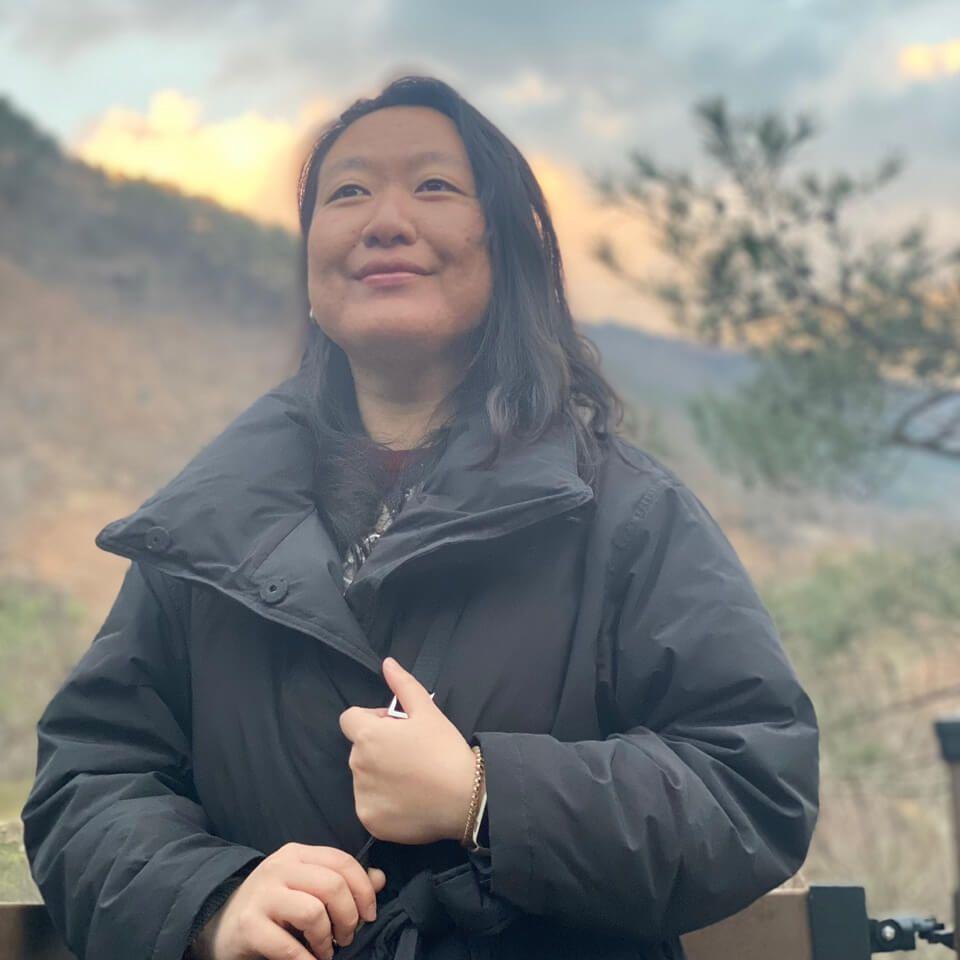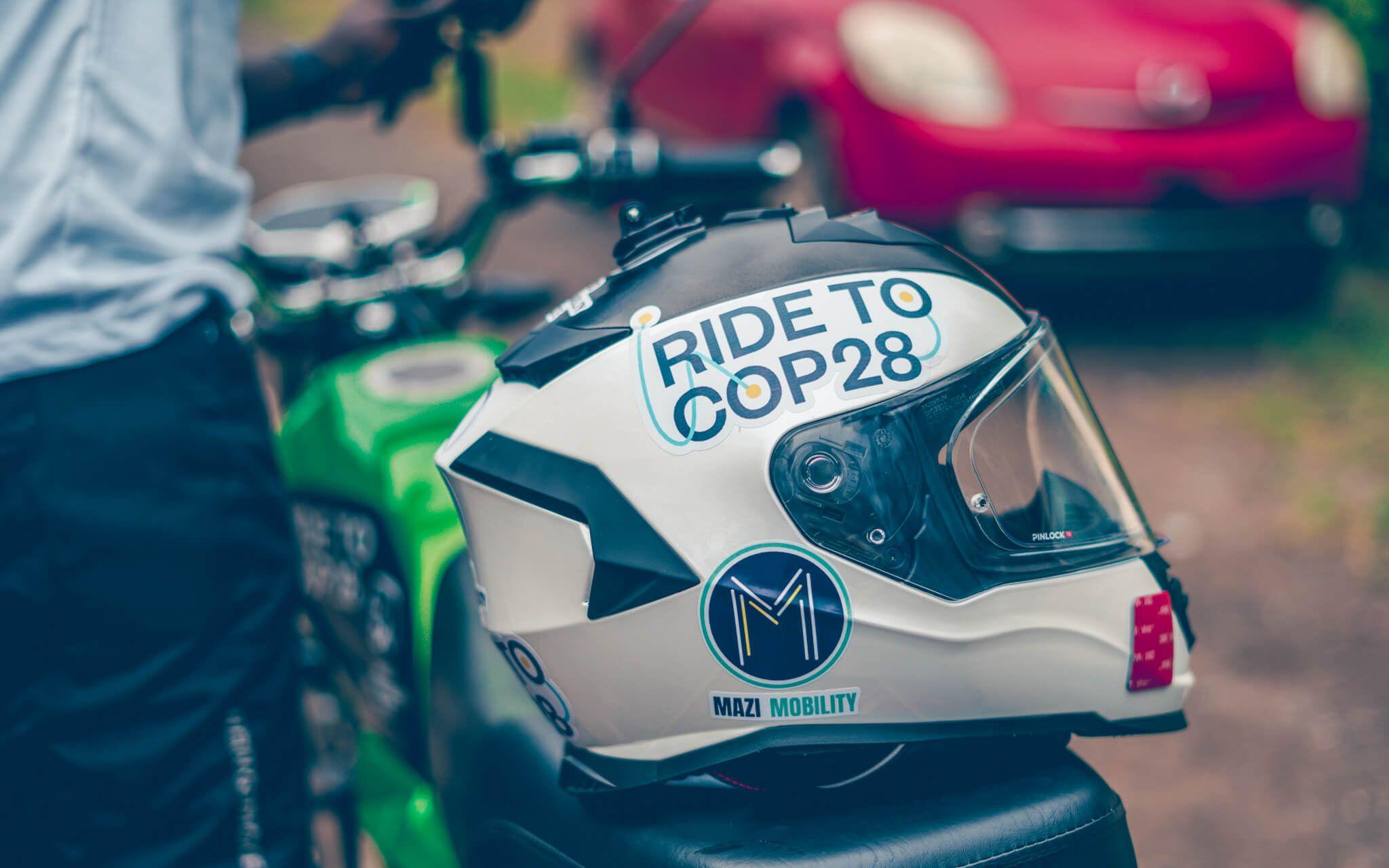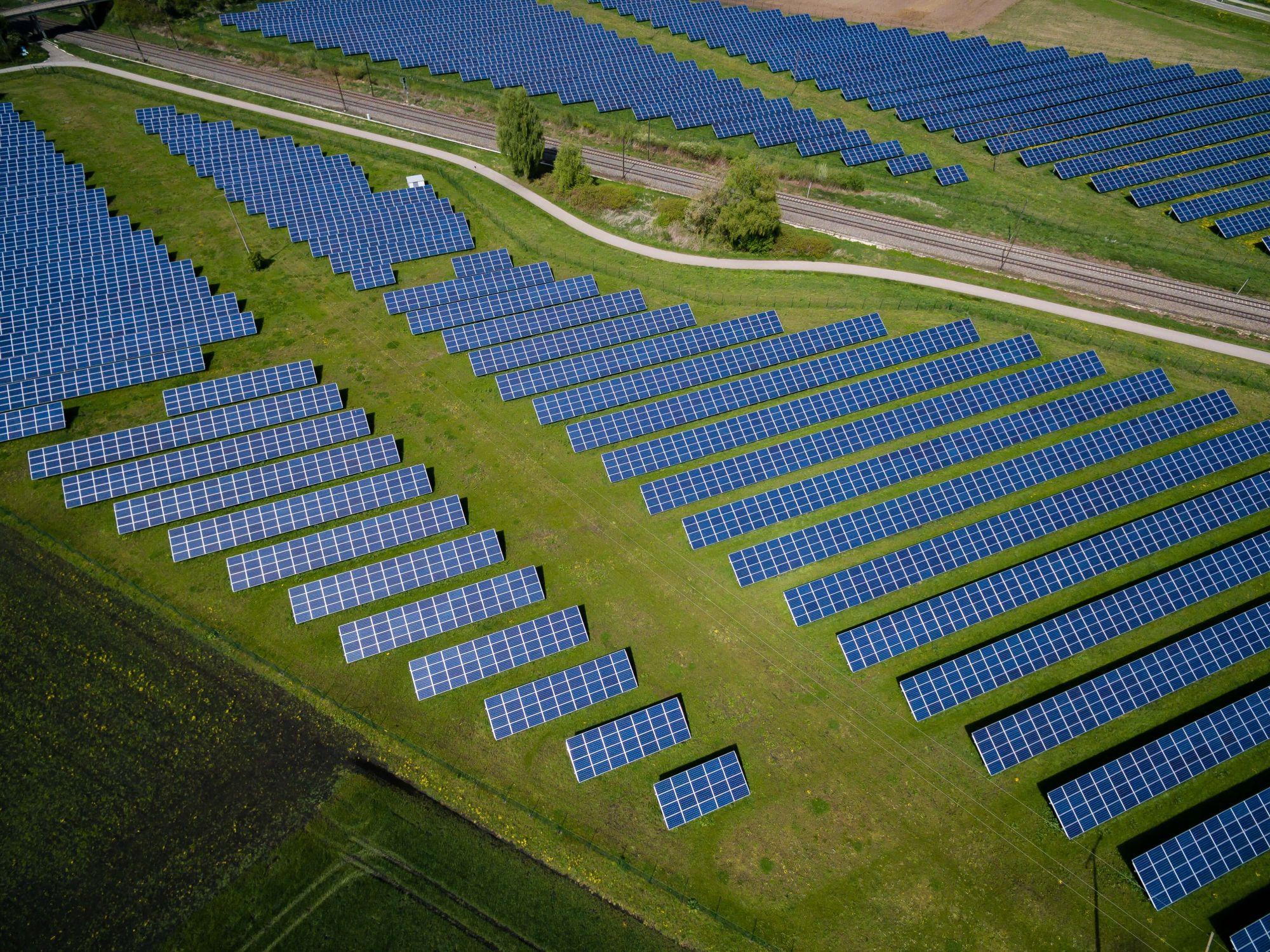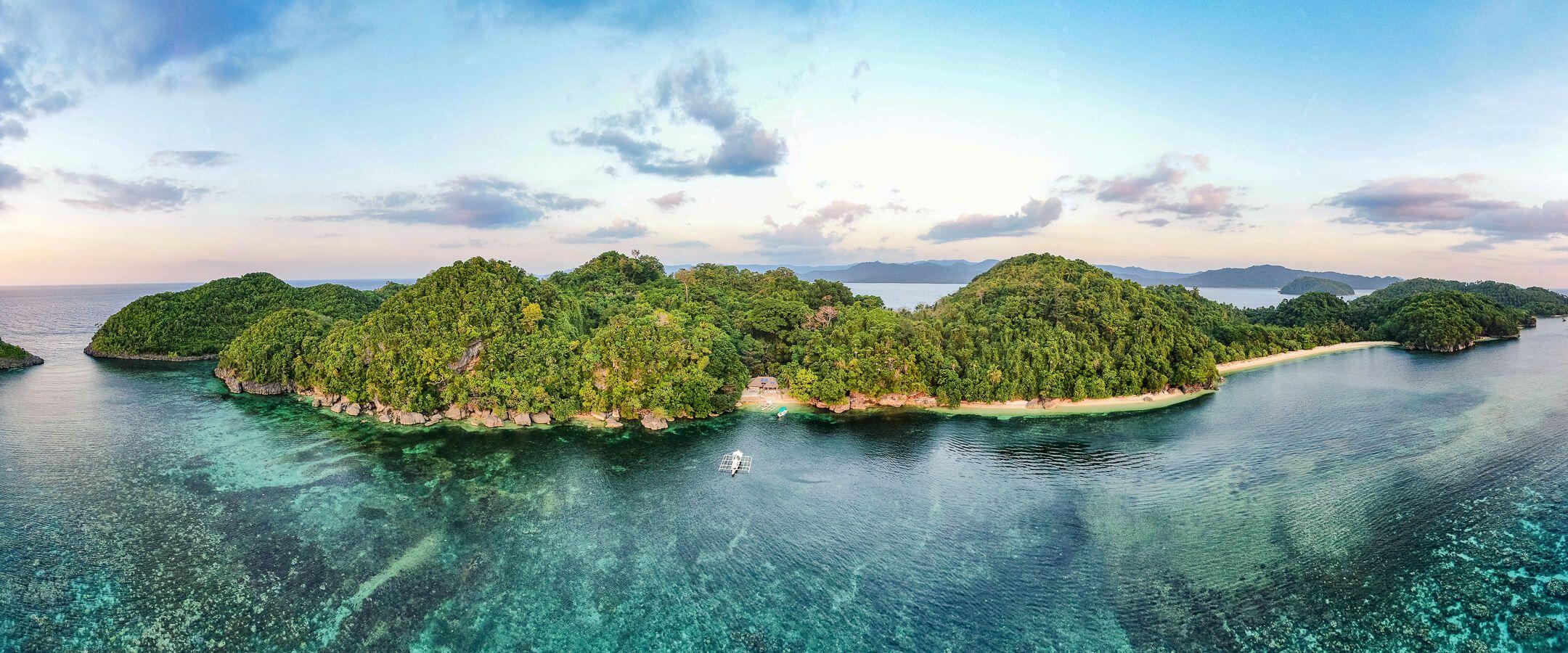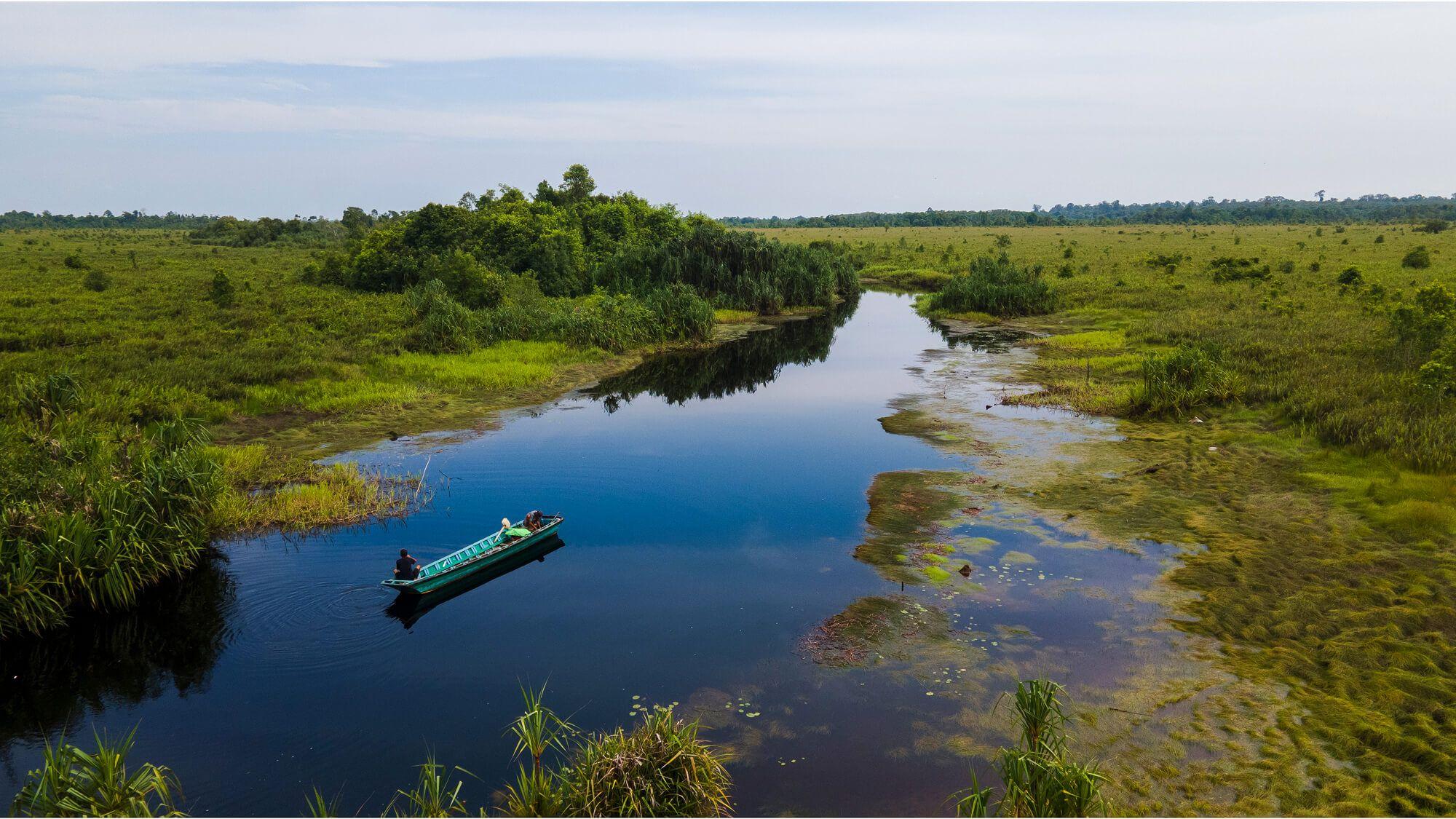Until All of Us Are Healed
Carolyn Finney, a cultural geographer, environmentalist, storyteller, and author, shares stories for all those who labour for the planet we all belong to—the one connection we all share. Currently, she is a scholar-in-residence at Middlebury College’s Franklin Environmental Center.
Why does one tell a story?
For Carolyn Finney, it is the most holistic way to approach the environmental conversation. She believes in using her narratives to awaken humanity to the lost stories around us – from familiar stories often told to the hidden stories of the vulnerable, the forgotten, and the displaced.
Carolyn‘s interest in environmental conservation grew organically from her interest in the stories of the land and its people.
Now, she tells stories to help people understand the deeper meaning of stewardship.
“That’s the through-line in my work: the power of story. Also, what does it mean to elevate and reveal what has been hidden? Who has been ignored and dismissed? Who’s erased, discounted, and undervalued?” she wonders out loud.
Only a few minutes into the interview, Carolyn begins unspooling the story from her own beginnings.
Part I: The Estate
Carolyn Finney’s love of nature blossomed at an estate in Upstate New York. Her origin story. The property was owned by a wealthy couple who hired Carolyn’s parents, Rose and Henry Finney, for groundskeeping.
“My parents, Rose and Henry, grew up Black and poor in South Central Appalachia - Floyd, Virginia. After my dad returned from the Korean War, he took the caretaking job.”
Here, Carolyn learned how to connect with and care for animals, its terrain inscribing itself on her childhood. Perhaps this adventurous spirit led to her career as a cultural geographer.
Carolyn and her family lived among the intimate whispers of its rich natural world, a wealth-adjacent life, yet one different from those who didn’t touch the grass as she did but only viewed it as part of the scenery.
Carolyn shares pictures of the estate.
“This is the gardener’s cottage.” Where they lived as a family.
“Here’s the pond where I found a duck I tried to protect from a stray cat!” The memory of living amongst wildlife is vivid as she studies the photo.
“My father did all the work, you see, all the gardens, trees, the flower beds.”
She is full of joy, love, and affection, as anyone would when speaking of their childhood home.
“It was beautiful. However, it was in a very wealthy, all-white neighbourhood. We were the only family of colour in that neighbourhood until the 1990s.”


Part II: Accidental Environmentalist
Carolyn tells me the story of her career, which is studded with interesting milestones.
For eleven years, Carolyn pursued acting, appearing in numerous commercials and episodes of TV shows.
Later, Carolyn embarked on a five-year backpacking journey through Africa, Asia, and Europe, even settling down in Nepal for some time. Her interest in people and geography grew, leading Carolyn to earn a PhD in cultural geography.
During her study, she noticed the significant need for recognition, history, or acknowledgement of BIPOCs' involvement in conservation. An issue that was all too reminiscent of what her parents experienced as caretakers.
Since then, Carolyn has been deeply involved in raising awareness of the BIPOC (Black, Indigenous, and People of Colour) voices and stories within the environmental community through public speaking, working with media outlets (such as National Geographic) and teaching at the University level. She also served on the U.S. National Parks Advisory Board for eight years, helping to build relationships with diverse communities.
I say I’m an accidental environmentalist. I'm for the environment, but that's because I'm for people, too. The people labouring on land all the time, taking care of it, don't often have a voice in the conversation.
In 2014, Carolyn published a book called Black Faces in White Spaces: Reimagining the Relationship of African Americans to the Great Outdoors, detailing the experiences of Black Americans in the U.S. mainstream environmental justice sphere.
“I say I’m an accidental environmentalist. I'm for the environment, but that's because I'm for people, too. The people labouring on land all the time, taking care of it, don't often have a voice in the conversation.”
Carolyn finds this to be a missed opportunity. “We assume people don’t know anything if they don't have a few college degrees in environmental science. But they may know more than anybody else because of their practical experience and connections.”
There’s a story or two there, too.
Part III: The Caretakers
The Westchester neighbourhood isn’t exactly known for its racial and socio-economic diversity.
“When I was nine years old, I was walking home from school. This white policeman in his car stopped me.” My hands already clam up at the all-too-familiar prelude to a possible devastation.
“There were always policemen patrolling due to the wealth in the neighbourhood. He asked me where I was going, and I pointed toward the estate as I was close to home.” The white policeman fails to fathom the innocence of a nine-year-old Black girl.
“And then he just looked at me and asked, ‘Do you work there?’ I was nine years old. How could I be working?”
This outraged Carolyn’s father, Henry, who later called the police station. “My father told them, ‘We live here, don’t bother my kids.’”
Indeed, the Finneys lived on that land. Taking care of it and interacting with it.
“As an adult, I always think about the logic of that police officer not seeing a little girl with a school bag. He saw something else in that beautiful neighbourhood.”
The matriarch, the sole owner of the estate, grew old and sick, so she and her children decided to sell the property. “She wanted my father to be by her side on her deathbed. By then, he had cared for the estate for over 40 years.”
When the new owner took over, he wanted Rose and Henry to stay and work for him. So they stayed on the estate until 2003—fifty years of serving the land.
“They moved to Virginia in 2003. They received a copy of a letter from one of their old neighbours–a letter from Westchester Land Trust, an organisation that places conservation easements on pieces of land, thanking the new owner for his conservation-mindedness. The new owner who’s been on that piece of land for six, seven years. Nothing about acknowledging my parents, who have been working that land for fifty years.”
Carolyn’s parents’ efforts as the stewards of the land were erased, leaving a deep wound on Carolyn.
What does it mean to erase the efforts of the true stewards of the land? What does it mean for the conservation of nature to ignore those with the most intimate understanding of it?
Carolyn believes that we are all pieces of a bigger puzzle. Details of the landscape. And by telling her stories and encouraging others to do so, she’s looking to heal the collective soul.
”The idea of being whole, healed and free means that we can fully unlock our potential as a collective humanity.”
When I ask her what impact she wants to make in humanity, she chuckles, “In part, it requires ego to answer that question.”
She says she merely wants to be a part of a conversation. A detail to the landscape.
Part IV: Kintsugi
Carolyn is a storyteller, educator and a traveller. During our communication, she has been busy travelling to domestic and international events.
Aware of her hectic schedule, I tentatively ask for a story in her own words. And she obliges.
“I recently returned from doing a four-day expedition on the Missouri River in Montana with seven other Black storytellers, a four-person film crew and river guides who set up our tents, prepared our meals, and ensured we were safe as we paddled the 49 miles to our final destination.
We were making a documentary to tell the story of York, an enslaved Black man who was part of the Lewis and Clark expedition from 1804 to 1806. While the story of the expedition is widely known (many of us learned about it in high school), few people know anything about York, who was integral to the success of the mission.
Our job was – is – to elevate his story – to elevate history – as a way to mend what is broken, to recover what has been forgotten and to remind ourselves that we are all responsible and accountable to the stories we tell and the ones we choose to ignore and forget. Sometimes, what is absent tells us more about who we are than what is present. Bryan Stevenson, the African American Civil Rights lawyer who has worked tirelessly to get Black men off of Death row, was once asked by an interviewer why he does what he does. He said, “I do what I do because the system is broken”. He paused, then said, “I do what I do because people are broken”. But then, in a softer voice, he said, “I do what I do because I’m broken, too”.
That’s what storytelling means to me – it’s an opportunity for healing for others and for myself. And none of our stories exist in a vacuum. They are connected and meaningful, and they tell us who we are. They tell us how we belong. They tell us how we are connected to this land. As we sit in this moment with the environmental and social challenges we face, we are again offered the opportunity to consider how our past defines our present and informs our future. Our stories – the good, the bad, the heartbreaking – are truly all we really have. They are our legacy, no matter who we are on this earth.
The Japanese word ‘kintsugi’ means repairing broken pottery or glass with gold. We don’t need to throw away or ignore our past. We must be willing to tell our stories with intention, courage and love.”
–Carolyn Finney
Why does one tell a story?
Because we are broken beings. And our stories are the gold that fills the cracks of our souls and makes us whole.
And then we show up whole, healed, for our Mother Earth and her people.
Most Popular
The Climate Tribe delivers stories about Biodiversity and Conservation, Circular Economy, Food and Water , and how they intersect with climate.
Subscribe
Get the latest stories inspiring climate action around the globe straight to your inbox.
